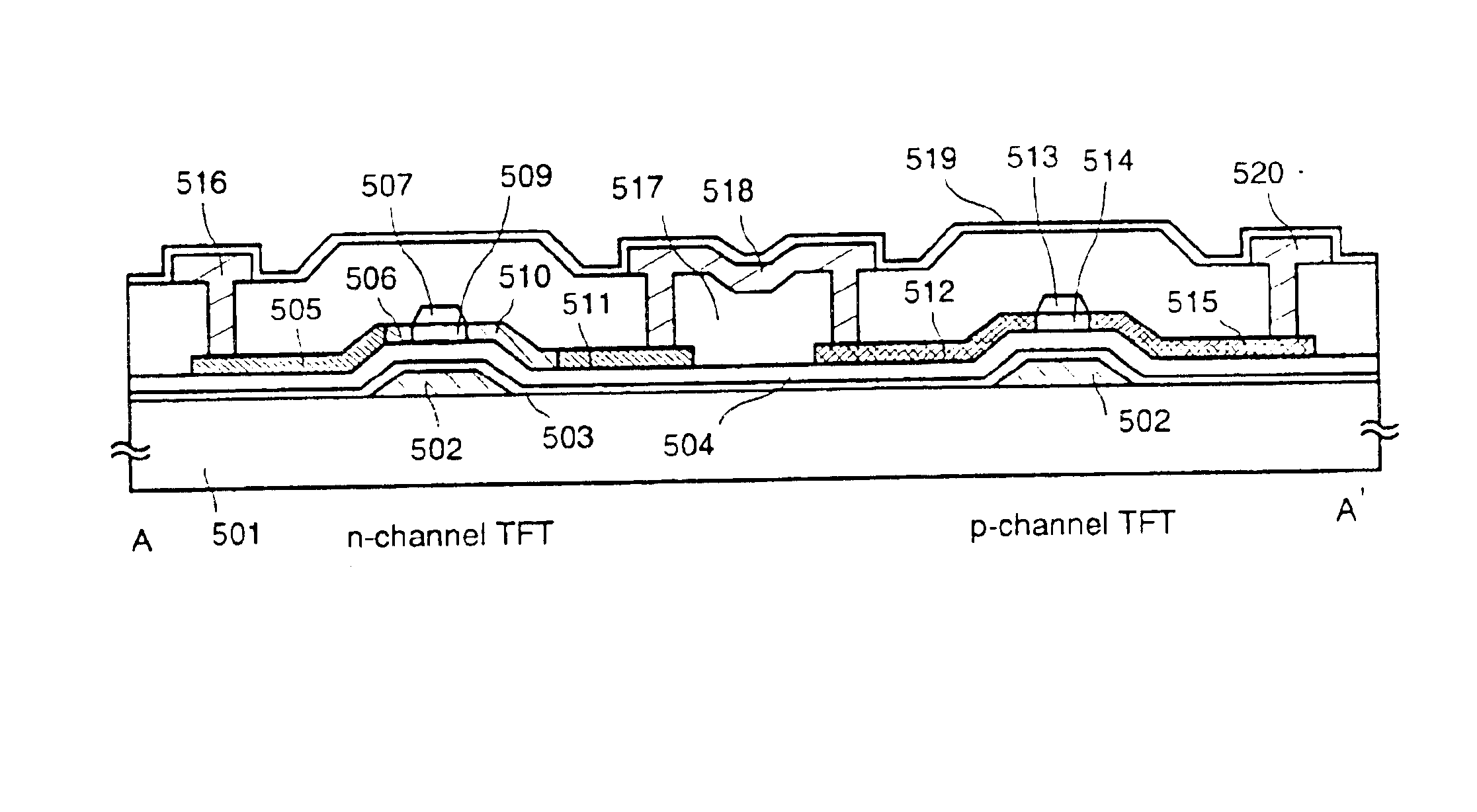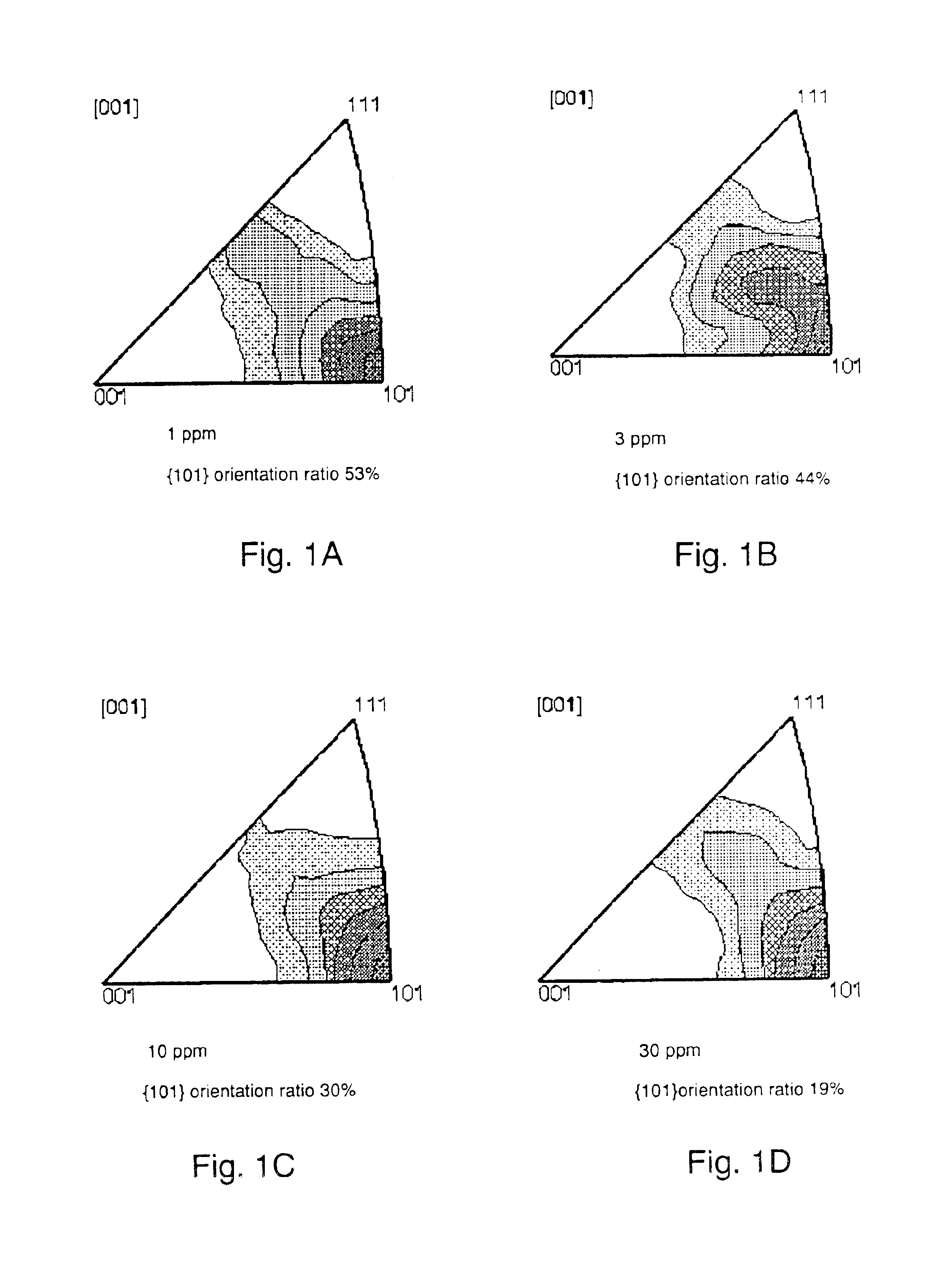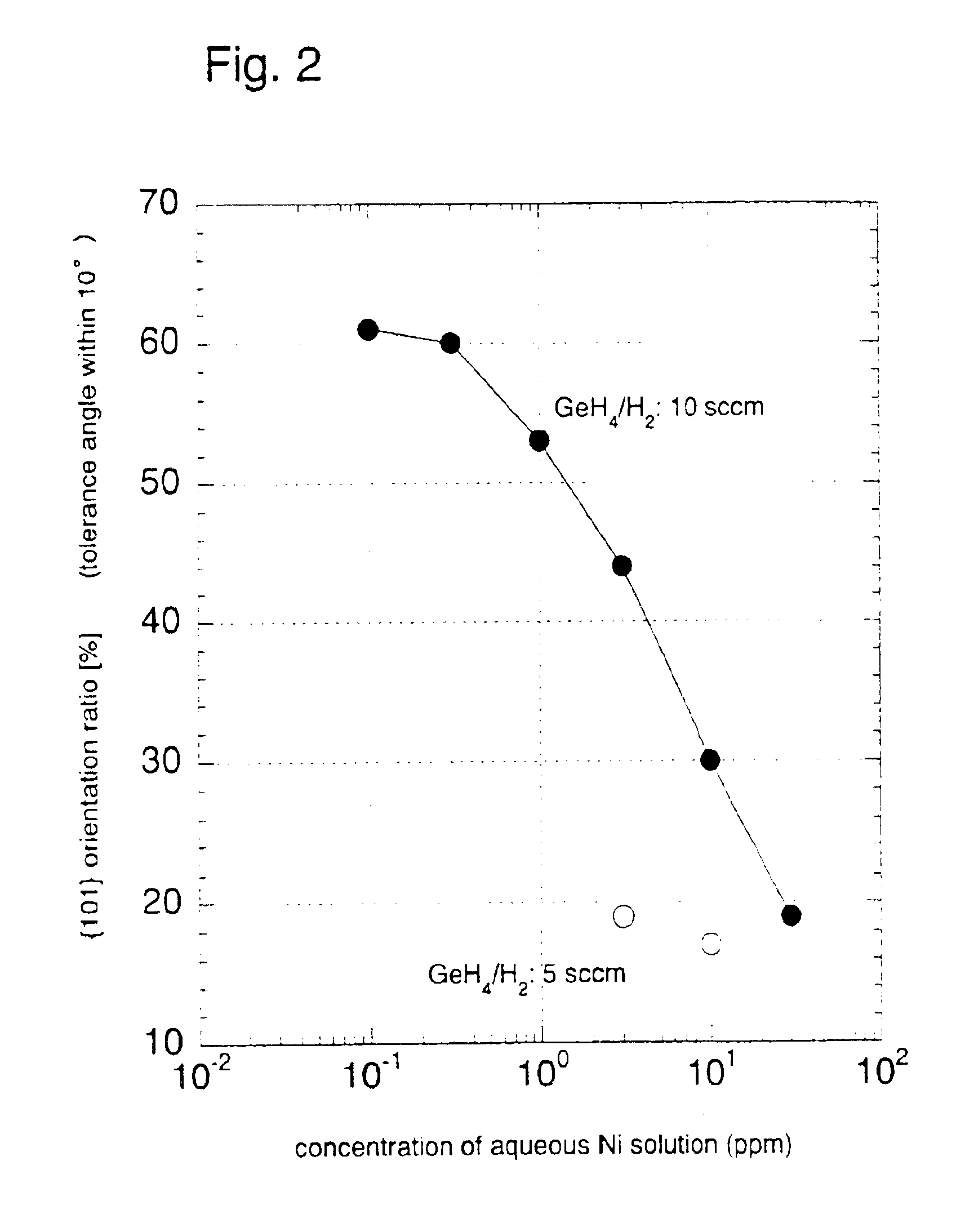Semiconductor device
a technology of semiconductors and semiconductors, applied in semiconductor devices, electrical devices, transistors, etc., can solve the problems of increasing the energy consumed during the manufacturing process, difficult to obtain uniform crystals across a wide surface area, and inability to consider the suitable processing temperature and processing tim
- Summary
- Abstract
- Description
- Claims
- Application Information
AI Technical Summary
Benefits of technology
Problems solved by technology
Method used
Image
Examples
embodiment mode 1
[Embodiment Mode 1]
A method of manufacturing a crystalline semiconductor film explained with respect to FIGS. 11A to 11D is a method in which a metal element for promoting crystallization of silicon is added to the entire surface of an amorphous silicon film containing germanium. First, in FIG. 11A, a glass substrate, typically a Corning Corp. #1737 glass substrate, is used as a glass substrate 201. A silicon oxynitride film having a thickness of 100 nm is then formed as a blocking layer 202 on the surface of the substrate 201 by plasma CVD using SiH.sub.4 and N.sub.2 O. The blocking layer 202 is formed so that alkaline metals contained in the glass substrate do not diffuse into a semiconductor film formed on the blocking layer.
An amorphous silicon film 203 containing germanium is manufactured by plasma CVD, and is formed on the substrate 201 by introducing SiH.sub.4 and GeH.sub.4 gas diluted to 10% by SiH.sub.4 and H.sub.2, into a reaction chamber and performing glow discharge sepa...
embodiment mode 2
[Embodiment Mode 2]
A method of selectively forming a metal element for promoting crystallization of an amorphous semiconductor film is explained using FIG. 12A. A glass substrate as stated above, or a quartz substrate is employed as a substrate 220 in FIG. 12A. If a glass substrate is used, then a blocking layer is formed similar to that of embodiment mode 1.
An amorphous silicon film 221 containing germanium may be formed similar to that of embodiment mode 1 by plasma CVD, and germanium may be introduced by ion injection or ion doping. Further, it is also possible to employ a method of formation by low pressure CVD in which Si.sub.2 H.sub.6 and GeH.sub.4 are separated at a temperature of 450 to 500.degree. C.
A silicon oxide film 222 having a thickness of 150 nm is then formed on the amorphous silicon film 221 containing germanium. There are no particular limitations on the method of manufacturing the silicon oxide film, for example, it can be formed with a mixture of TEOS (tetraethy...
embodiment mode 3
[Embodiment Mode 3]
The metal element, utilized in crystallization of the crystalline silicon films manufactured in accordance with the methods explained by embodiment mode 1 and embodiment mode 2, remains after crystallization. Even if the metal element does not have a uniform distribution within the film, it exists at an average concentration exceeding 1.times.10.sup.19 / cm.sup.3. It is of course possible to use the film in this state in a channel-forming region for all types of semiconductor devices including TFTs, but it is preferable to remove the metal element by gettering.
One example of a gettering method is explained in embodiment mode 3 using FIGS. 12B-a to 12B-c. A glass substrate or a quartz substrate is employed as a substrate 230 in FIG. 12B-a. If a glass substrate is used, a blocking layer similar to that of embodiment mode 1 is formed. A silicon oxide film 232 is formed with a thickness of 150 nm as a mask on the surface of a crystalline semiconductor film 231, and an ...
PUM
| Property | Measurement | Unit |
|---|---|---|
| diameter | aaaaa | aaaaa |
| thickness | aaaaa | aaaaa |
| thickness | aaaaa | aaaaa |
Abstract
Description
Claims
Application Information
 Login to View More
Login to View More - R&D
- Intellectual Property
- Life Sciences
- Materials
- Tech Scout
- Unparalleled Data Quality
- Higher Quality Content
- 60% Fewer Hallucinations
Browse by: Latest US Patents, China's latest patents, Technical Efficacy Thesaurus, Application Domain, Technology Topic, Popular Technical Reports.
© 2025 PatSnap. All rights reserved.Legal|Privacy policy|Modern Slavery Act Transparency Statement|Sitemap|About US| Contact US: help@patsnap.com



